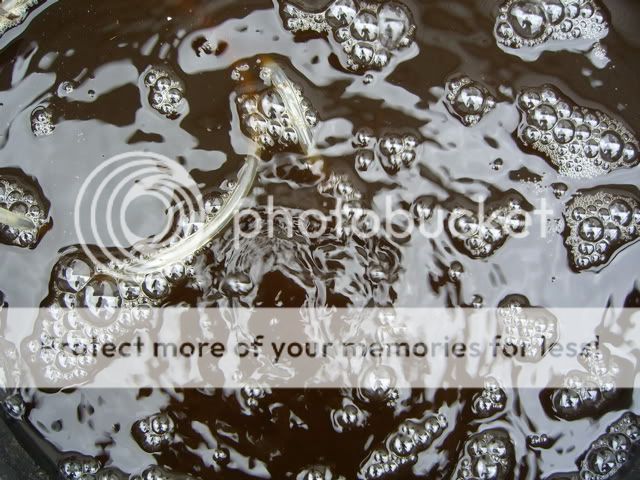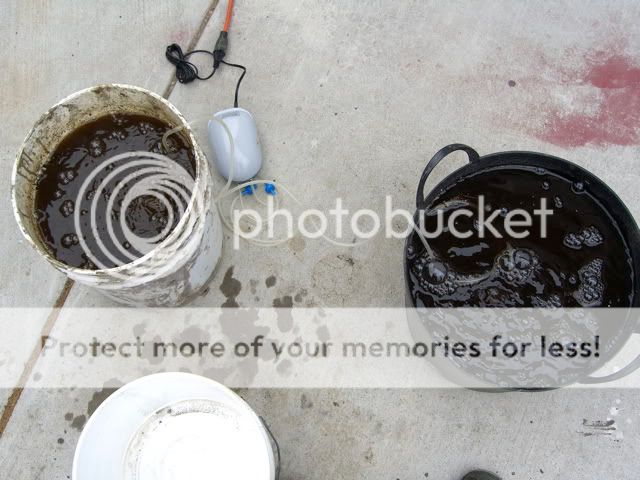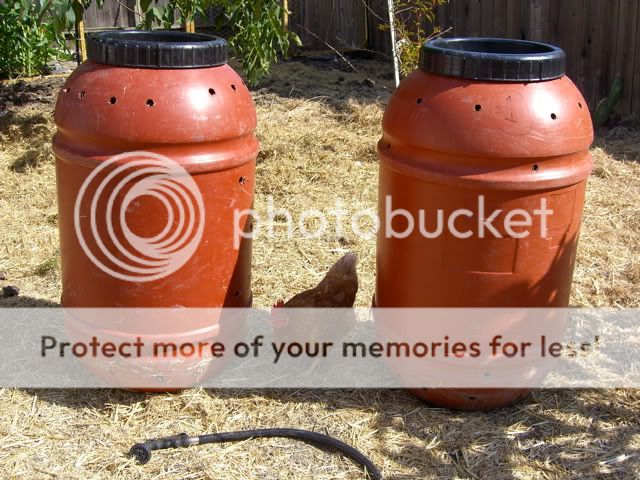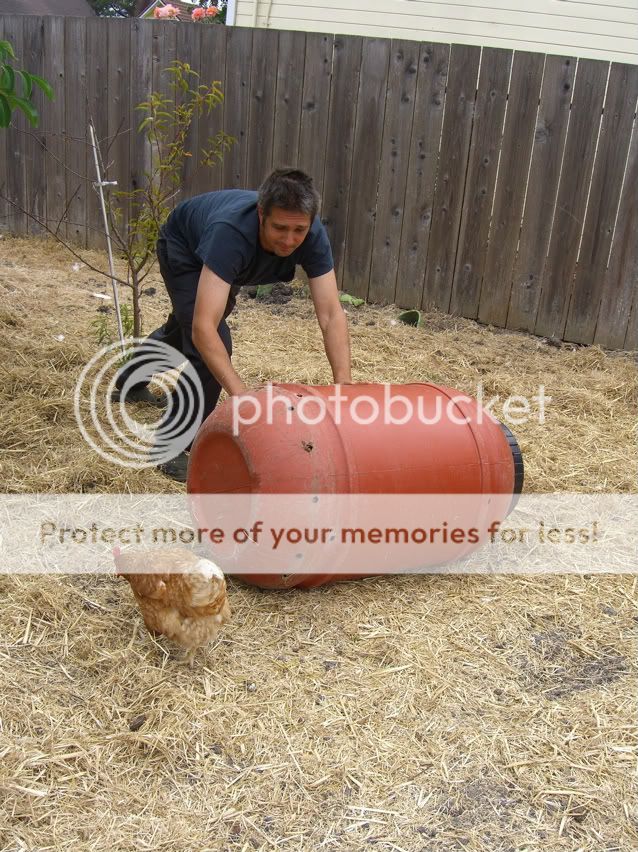We want to make our "
carbon footprint" as small as possible. Solar energy of some kind seems like I good idea. I always heard that solar hot water had a much quicker payback over solar electricity. There is a
30% federal tax credit available and the
California Energy Commission is offering rebates and tax credits as well. In addition to all this, California's
AB 811 is kicking in and is being administered on a county level. In Sonoma County it is
SCEIP and it gives you a 7% loan that gets attached to your home's tax assessment, so it is not a personal loan and if you sell the house, the loan repayment goes along with the house.
We had a couple of contractors give estimates for
solar hot water and then we did some math. One thing we had not really considered was that there are only two of us and we have done some things that make our gas bill and our electric bill pretty low already.
The cheaper estimate wound up being about $6600 after tax credits and rebates. When it is warm and we are not heating our home, we use gas for hot water (showers, sinks, laundry), the dryer and the stove. It is currently about $10 per month. We insulated our pipes and wrapped the water heater. In addition the water heater is turned to a comfortable setting, but it is definitely well below maximum. At this rate it would take us 55 years to repay this investment. If I went by the March bill, which included some heating, It would be closer to 13 years, but this hot water system doesn't heat the house.
Similarly, we figured it would take 40-60 years to repay a
photovoltaic system. So no matter how sexy panels on the roof are, we are definitely looking towards efficiency improvements instead.
Fortunately, all of these rebate, tax credit and loan programs apply to less glamorous upgrades, such as windows, doors, insulation, cool roofs, etc. As I have written before, insulation is a very good bang for your buck. We spent $500 on materials and got $300 from our utility. I think we may be able to apply the federal tax credit to that as well.
One improvement we made that I do not think is covered by these programs, but is very exciting is the installation of high efficiency, long lasting LED recessed lights. We bought the
Cree LR6 lights, which have regular edison bases and can be screwed into many off the shelf recessed light fixtures. We have been very impressed with the amount and quality of light these produce for only 12 watts. I wish they came in light bulb form, but they have these heat sinks on them, which makes them a little bulky for an ordinary lamp. They are a little pricey at $80-90 each, but they last for decades, contain no mercury and are dimmable. If you do the math, it has a fairly quick payback, even compared to
CFLs. The only thing that makes me grumble is that they do a lot of stuff for the military (
including installing thousands of these LED lights). The military is thinking ahead, though. The Pentagon issued a
report back in 2004 warning of the chaos that climate change could bring. The military is also a big user of solar panels, etc. So many of the innovative products we will see will also likely have a military use. It's great that the military wants to reduce its carbon footprint, but we really need to reduce our military footprint around the world.
Other improvements we can make include upgrading our heat (currently gas wall heater) to a hot water radiator system, wearing sweaters in the winter, replacing our front door, air drying our laundry, DIY solar hot water heater (may be less efficient than commercial, but lower investment), re-roofing the leaky garage roof with a lighter color and insulation (
cool roof) and so much more.
We have some more head scratching to do, but if we plan well, we can get our future energy bill savings subsidized now .
Next: Back to the garden!
 Time to stop talking about vegetables and start talking about chickens. This is Flo. We don't know exactly how old she is anymore, but she is pretty darned old. When we moved into our last place about 4 or so years ago Flo was already there and already old. She was probably just entering henopause when we first met her. She would lay nice white eggs occasionally, but they started coming out with weird or no shells and eventually she stopped laying altogether. A couple of years ago we had some really intense heat which killed one of our hens. We have since learned that it is good practice to provide chickens with electrolytes on hot days (it's what chickens crave). Since they cool themselves down by panting, they exhale carbon dioxide and their blood can get too alkaline and whack them out pretty badly.
Time to stop talking about vegetables and start talking about chickens. This is Flo. We don't know exactly how old she is anymore, but she is pretty darned old. When we moved into our last place about 4 or so years ago Flo was already there and already old. She was probably just entering henopause when we first met her. She would lay nice white eggs occasionally, but they started coming out with weird or no shells and eventually she stopped laying altogether. A couple of years ago we had some really intense heat which killed one of our hens. We have since learned that it is good practice to provide chickens with electrolytes on hot days (it's what chickens crave). Since they cool themselves down by panting, they exhale carbon dioxide and their blood can get too alkaline and whack them out pretty badly.












































